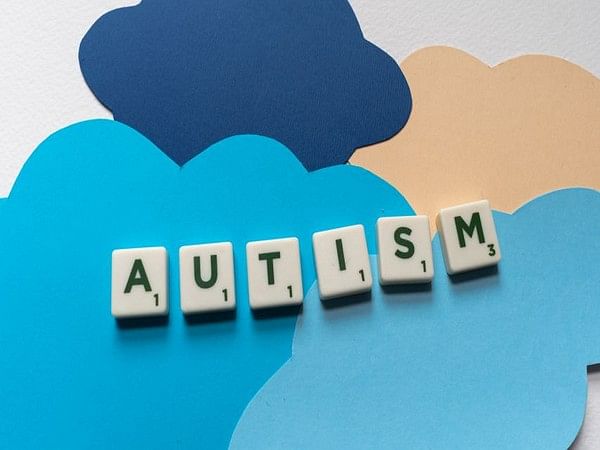Washington [US], March 8 (ANI): Rutgers research that may eventually enable far earlier autism diagnoses shows that typically developing infants perceive audio-video synchrony better than high-risk for autism infants.
If follow-up research demonstrates that most infants who miss unmatched audio and video develop autism spectrum disorder (ASD), physicians may be able to diagnose the condition years earlier — a potentially important step as early treatment strongly predicts better outcomes.
“We’re a long way from validating this as a diagnostic tool, but the results definitely suggest it could be a diagnostic tool,” said Michael Lewis, University Distinguished Professor of Pediatrics and Psychiatry and director of the Institute for the Study of Child Development at Rutgers Robert Wood Johnson Medical School.
Lewis, the senior author of the study, and other researchers have long known children with ASD struggle to perceive audio-visual speech as a unified event, and they’ve hypothesized that this difficulty may contribute to social impairments and language deficits in such children.
To study whether these difficulties arise before it’s currently possible to diagnose ASD, generally around age 3, the researchers assembled two groups of infants ages 4 to 24 months, one comprised of children whose developmental delays indicate an elevated risk of ASD and the other comprised typically developing children.
The researchers, whose work was published in the European Journal of Pediatrics, showed participants from both groups two types of videos with progressively longer time separation between image and sound. The first videos featured a ball making noises as it bounced against a wall. The second showed a woman talking.
When watching videos of the ball, the two groups performed similarly. When watching videos of the woman, however, the differences were stark. Typically, developing children perceive audio-visual gaps that are, on average, a tenth of a second smaller than those perceived by the kids with developmental delays.
Although this result confirmed the researchers’ initial hypothesis, some findings were surprising. The ability to perceive audio-visual mismatch wasn’t associated with vocabulary size in children old enough to have a vocabulary.
If a high percentage of the children who were slowest to identify mismatched audio and video go on to be diagnosed with autism — and the findings are repeated with far more children than the 88 who participated in this study — audio-visual tests might prove a revolutionary diagnostic tool for a condition that’s becoming far more common, Lewis said.
However, scientific validation is just the first step to adoption, he said. Insurers would need to pay for tests, and pediatricians would need to embrace them before they could be used to begin providing support services to children in need.
“Earlier diagnosis won’t allow us to cure ASD anytime soon, but it will allow for the earlier provision of support services that can help such children in areas of weakness and direct them toward areas of strength,” Lewis said. “The goal is to create happy people whose schooling and, eventually, careers are well suited to them, and that’s certainly an achievable goal for most.” (ANI)
This report is auto-generated from ANI news service. ThePrint holds no responsibility for its content.



